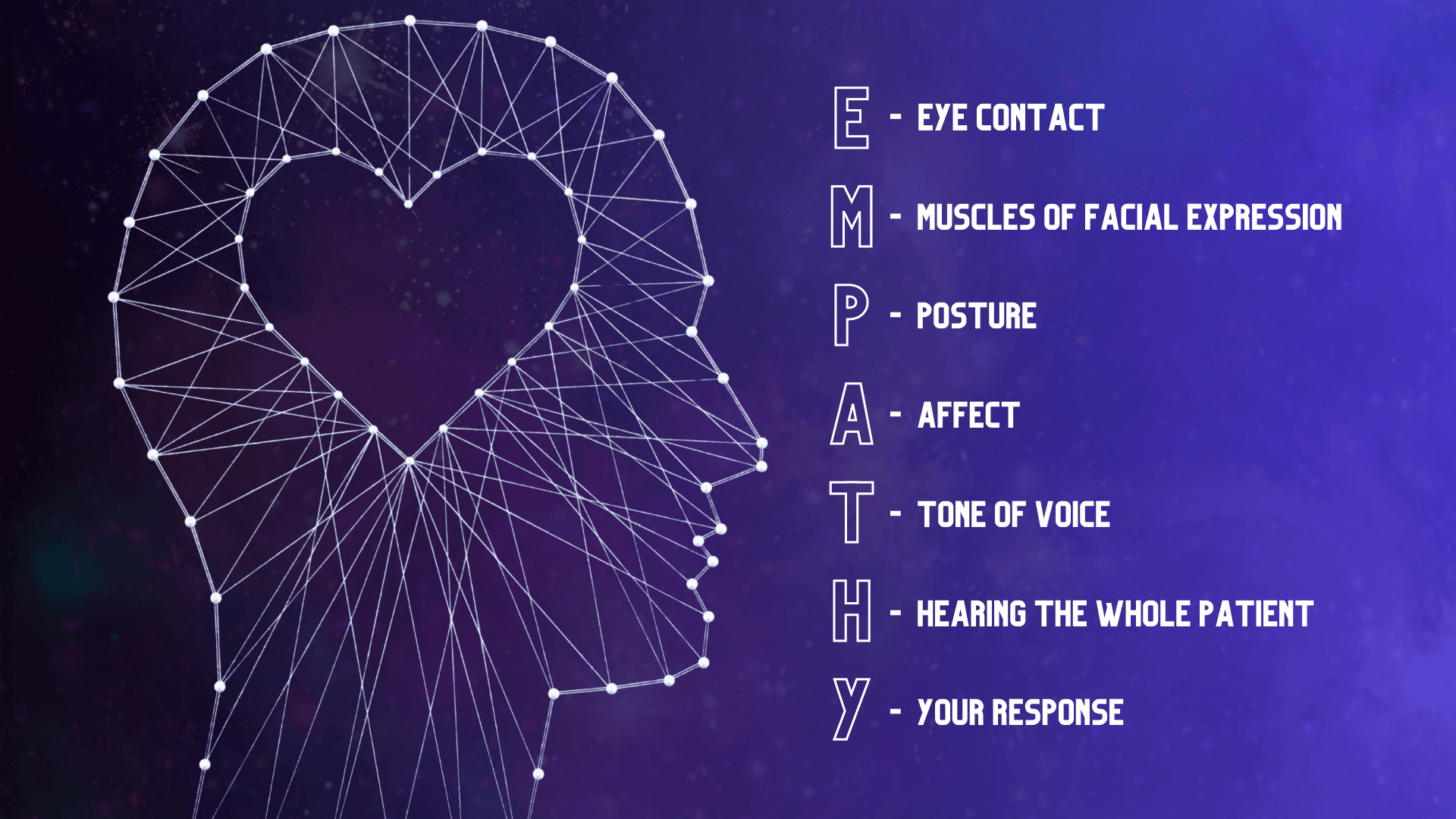When Is Learning a Marathon and When Is It a Sprint?

When training for your first marathon, you don’t just go out and run the 26.2 miles (42.2 km) the first day.
It’s understood that this kind of learning takes more than simple repetition. To teach your body to run that distance requires bursts of training and rest. Practice, practice, practice is often the mantra when we are learning something new, but it turns out that how we practice matters and the process depends on what we are learning.
For example, threading a sewing machine or tapping in the same PIN onto a numerical keyboard are repetitive motor skills. We learn how to do these by doing (over and over again), but they aren’t exactly the same kind of skills that you learn how to do and never forget, like riding a bicycle. Learning a language or a piece of music requires a different type of practice strategy as they are cognitive skills.
Learning is a process. We may learn a new skill for the first time or maintain it. We often learn with an objective in mind, a final goal like passing A-levels or obtaining a driving licence. Although there is a tremendous amount of literature about the power of habits, it’s also possible to see learning through the prism of optimisation, remembering that each individual is unique. Everyone adapts to different levels of training or needs different processes to learn.
In “High-Performance Practice Processes”, published in Management Science, I model the variety of practice types and the most effective strategies to meet a final effort or goal, like an exam or a marathon. I find that the timing and intensity of practice should change depending on the type of skill you are learning or relearning.
The optimal practice process depends on the intensity combined with the right practice timetable, which should vary based on the kind of skill you are trying to acquire or retain. Continuous motor skills (riding a bike or skiing) have a high retention level. But discrete motor skills, like tapping a code or casting on in knitting, have a low retention level so if they aren’t practiced regularly, they don’t stick.
Fitness and fatigue
Building upon an existing model applied to endurance sports, I combine fitness and fatigue with timing in my model to find the most effective practice strategy depending on what is being learned.
In this model, there are two stocks – fatigue and fitness – which increase with the flow of practice. The amount of fitness could presumably improve performance and the amount of fatigue could actually hurt it. The interplay between fitness and fatigue leads to interesting dynamics. If your personal fatigue is more than your fitness ability, clearly your performance isn't going to be very good. So the key to maximise performance is to have high fitness with low fatigue.
The intensity of practice doesn’t always directly increase either your fitness or fatigue. It is converted into effort, and that conversion between intensity and effort is your personal level of adaptation. So if you do a lot of high intensity practice, you get used to it, and as a result, any additional high intensity practice is not going to have a significant effect on your fitness or fatigue. But if you aren’t used to the effort, and jump into a high intensity practice, your fitness level would increase dramatically as would your fatigue level.
The timing and intensity of your practice contribute to your fitness and fatigue either in a multiplicative or additive manner. In a job, for example, your onboarding experience (additive manner) should be different from employee skill maintenance (multiplicative).
Additive refers to skill acquisition, or building up skills, whereas multiplicative is aligned with skill retention, or taking a skill you already have to a new level. For skill retention, generally if you already have initial knowledge, only a little effort may be enough to maintain it. Think of it like going to the gym: Once your muscles have been built up, and you keep working out, your muscles will remain in good condition. In fact, if you haven’t been working out, the muscle foundation would remain solid so you won’t be starting from scratch even if you head back to the gym after an extensive period of rest. Similarly, if at one point you lived in another country and spoke the local language, but haven’t been there for years, a beginner’s course wouldn’t be very useful.
Performance models
Different types of practice may have different impact relative to goals. Some may impede performance further down the road. In marathon training, it’s clear: A few weeks before the marathon, we taper off long-distance training, because too much intense practice creates too much fatigue, eventually hurting our performance on the day. At that stage, practice does not make perfect, it hurts us.
The optimal strategy for acquiring and retaining cognitive skills involves multiple cycles of practice.
For skill acquisition, the optimal practice process requires phases of intensity that increase and decrease, which creates a kind of U-shape on a graph.
Consistent with the principle of staggering both practice and rest to enhance learning, how intensely we practice builds up our base level of understanding. One final increase in intensity near the goal, like a final exam or another performance, can boost results. These transitions in intensity should be smooth for cognitive skills, but for continuous motor skills they could be abrupt. In fact, for continuous motor skills like long-distance running, a period of rest before race day is optimal.
Skill retention, on the other hand, requires a practice process of either constant long cycles of effort for cognitive skills or short pulses of effort for continuous motor skills. Long-term retention of cognitive skills requires distributed practice – and certainly not compressing all intensity towards the end of a school year, as in a year-end exam. The intensity (or type) of practice may need to evolve over time. Refresher first-aid courses, for example, could improve mental retention if they had a different structure than the original course with the exact same tasks.

These practice process strategies are about timing within the sequence.
Optimising training and education
As a process, learning can be optimised. I used my own marathon training data – available in the paper’s appendix – and optimised my training to achieve my best time yet. With this model, athletes could design their season with an eye on certain objectives and come to their most important competitions at their peak.
Lifelong learning has become more essential over the past few decades. Most of us finish formal education before we’re 30, but with the incredible speed of change, we must continue to acquire new skills to be relevant. With this model, we can optimise learning or retention of existing skills. Mature learners often have more responsibilities and less time, so building successful curricula with given time constraints is more practical.
As we have seen, the most effective practice methods vary with the skill type and level. And the tremendous amount of data generated using smart watches, phones or computers can help us to further optimise practice strategies. Sports analytics has made a start and learning apps could be personalised further. The possibility for more customisation in practice processes and strategy is wide open. Practice makes us better in many ways, but the type and timing of your practice matters.
Read More: How Digital Learning Benefits Your Organisation
Leaderonomics.com is an advertisement free website. Your continuous support and trust in us allows us to curate, deliver and upkeep the maintenance of our website. When you support us, you allow millions to continue reading for free on our website. Will you give today? Click here to support us.

This article is republished courtesy of INSEAD Knowledge. Copyright INSEAD 2020.
Personal
Tags: learning





